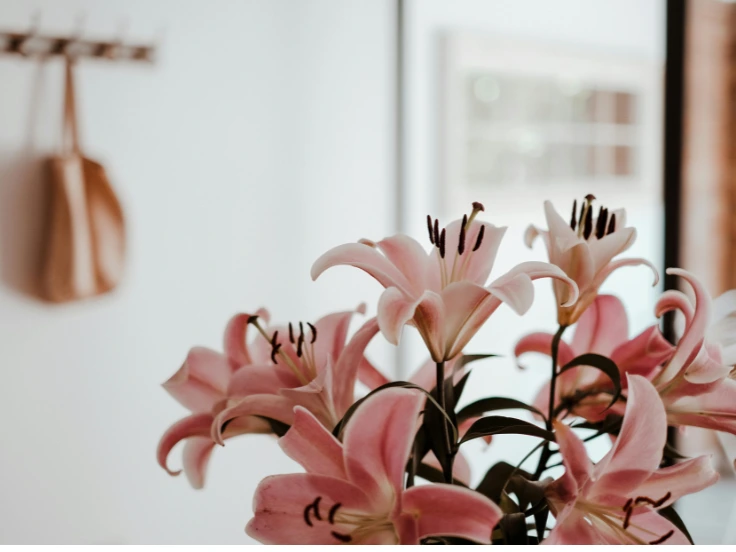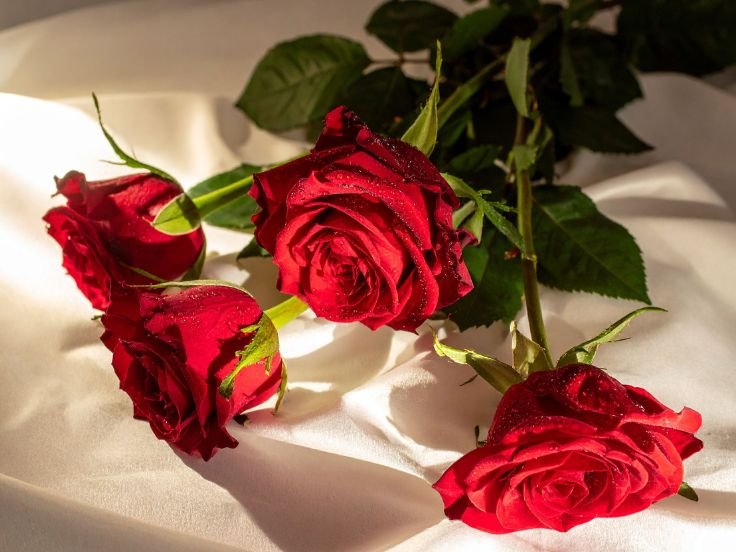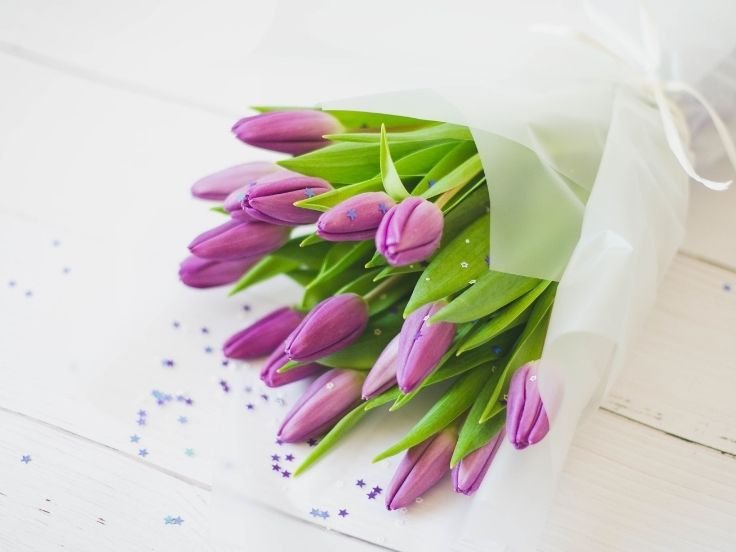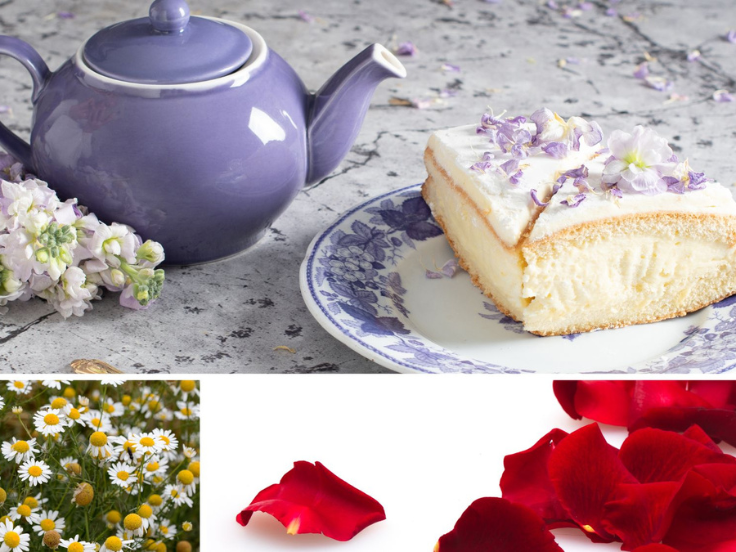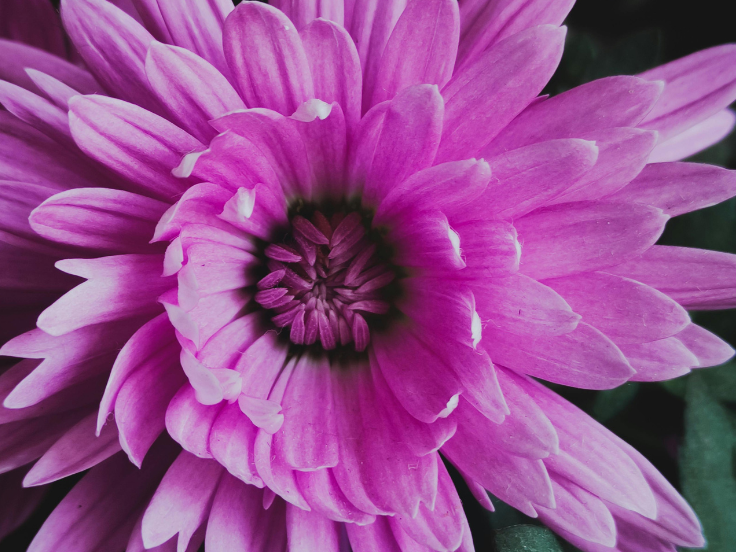Lily beneath the Lilac Sky: A Complete Guide to Nature’s Elegant Blooms
Introduction
Lilies are among the most exquisite and classy flowers in the world. These flowers with delicate blossoms have been highly prized by many ancient cultures. A sign of fertility and new beginnings, lilies were sacred to the ancient Egyptians. In Greek mythology, the lily, nurtured by Hera, symbolizes purity and motherhood. The Romans fashioned them into ornaments and even medical artifacts.
Traditionally, people used lilies as festival decorations to symbolize pleasure and wonderful fortune. Throughout the Christian Middle Ages, Mary, the mother of God, was associated with white lilies representing purity and humility. The lily’s large, multi-colored, and sweetly fragrant blossoms are a joy to behold. Let’s explore the many lily varieties that have captivated humanity for centuries.

Types of Lilies
Asiatic Lily
The Asiatic lily is a very vivid and lively flower. It symbolizes joy, festivity, and positive fortune. These hardy lilies are perfect for beginners, as noted by gardening experts.
The Easter Lily
It features a trumpet-shaped white bloom. Renewal, virginity, and redemption are its symbols. According to the University of Wisconsin-Madison, Easter lilies are native to Japan and were introduced to the United States in 1919.
The Los Angeles Hybrid Lily
The Los Angeles Hybrid Lily is a cross between the Easter lily and the Asiatic lily. It reflects harmony, strength, and oneness. These versatile lilies work beautifully in flower arrangements for special occasions.
Martagon Lilies
Sometimes called Turk’s Cap lilies, these are shade-tolerant and colorful with twisted, reverse petals. Its emblems include fineness, calmness, and endurance. The Royal Horticultural Society recognizes them as excellent garden plants for shaded areas.

The Tiger Lily
The tiger lily stands out with its petals adorned with black spots. What they stand for are bravery, self-respect, and assurance. These dramatic flowers make a bold statement in any garden design.
Shades of Lily
The White Lily
It is a spiritual symbol of purity, innocence, and love. Marriages, funerals, and other religious ceremonies are only a few of the many occasions that call for its employment. White lilies are particularly popular in wedding flowers and funeral arrangements.
The Pink Lily
Femininity, adoration, love, and compassion are the meanings carried by a pink lily. It would be an ideal gift for loved ones on special occasions like Mother’s Day, birthdays, or just to show your appreciation.
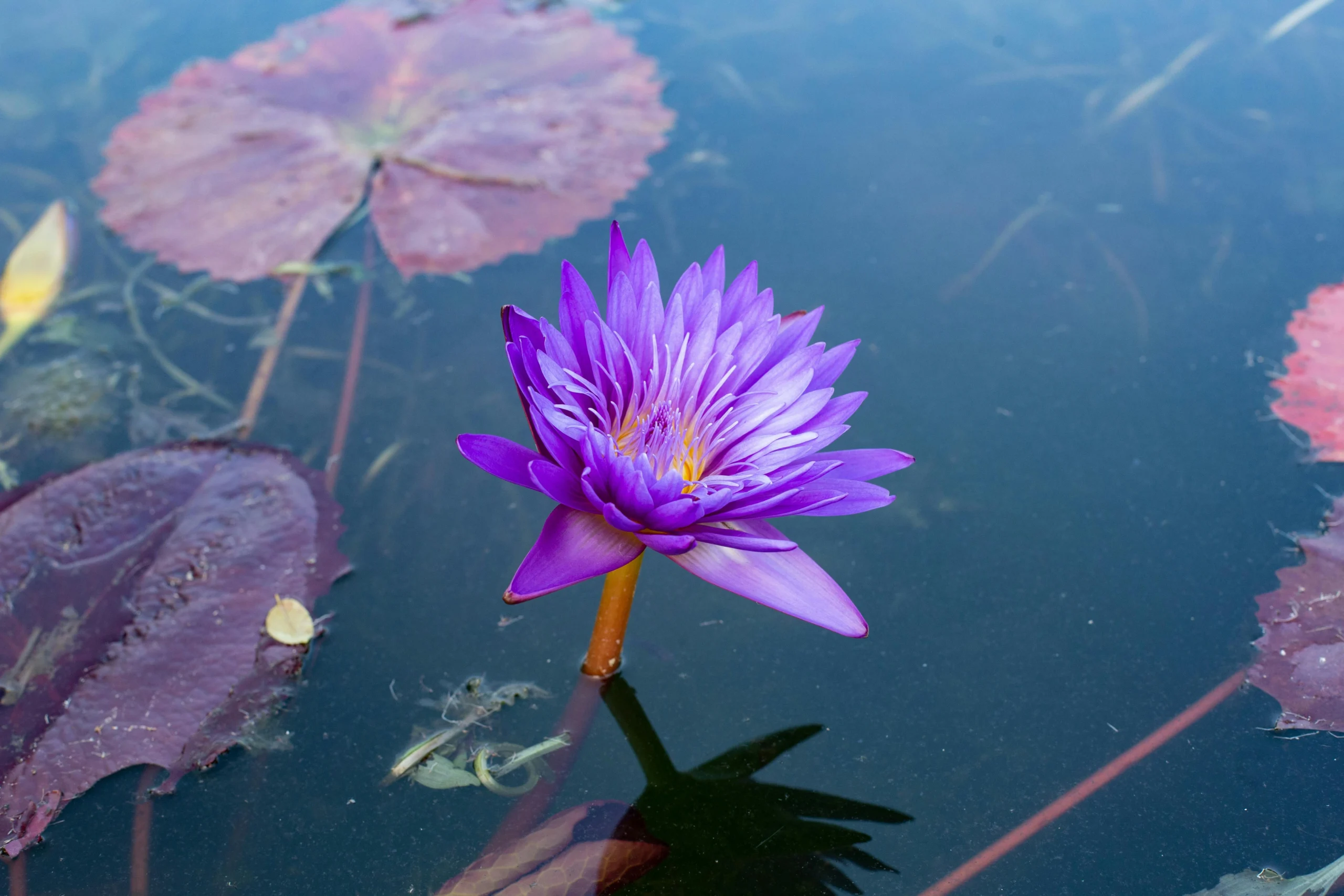
The Red Lily
To be passionately in love is the meaning of the red lily. Celebrate significant events like Valentine’s Day and anniversaries with the ones you love by giving them gifts. An attentive present may noticeably elevate such days.
The Orange Lily
The orange lily is a representation of vitality, respect, and certainty. You can use it as a housewarming, accomplishment, or motivational gift. These vibrant blooms are perfect for celebration bouquets.
The Yellow Lily
A yellow lily is a sign of joy, admiration, and friendship. Celebrate a birthday, send best wishes, or express gratitude with this beautiful flower. The Almanac notes that yellow lilies bring cheerfulness to any occasion.
The Lavender Lily
Lavender lilies represent generosity, compassion, royalty, and prosperity. Making it seem like an honor or acting professionally may help when presenting these elegant blooms.

Uses
Decorative Uses
Their aroma and aesthetic appeal make lilies a popular choice. Their vibrant color and elegance brighten up public spaces, grounds, and gardens. With flowers in a vase, they enhance air quality and serve as a decorative accent for homes, workplaces, and special events, as confirmed by NASA’s Clean Air Study.
Faith and Culture Uses
Christian public worship often uses white lilies on special occasions like Easter and funerals to represent purity, rebirth, and the Virgin Mary. Various occasions, including weddings and pujas, use traditional rites to signify the spiritual importance of lilies.
Utilization in a Medical Condition
Herbal medicine is a form of alternative medicine. Ancient civilizations such as Rome and Egypt used herbal remedies to treat skin ailments and other illnesses. You may use lily extracts to treat wounds and injuries as well as irritation, though medical professionals recommend consulting a doctor before any medicinal use.
In Commercial Context
The subtle perfume of lilies makes them a popular choice for aromatherapy and essential oil-scented candles. Bouquets sometimes include flowers with symbolic value as a token of congratulations, birthday, anniversary, sympathy, or other joyous events.
Gifts
Bouquets sometimes include lily flowers with symbolic value as a token of congratulations, birthday, anniversary, sympathy, or other joyous events. Their timeless beauty makes them appropriate for virtually any occasion.
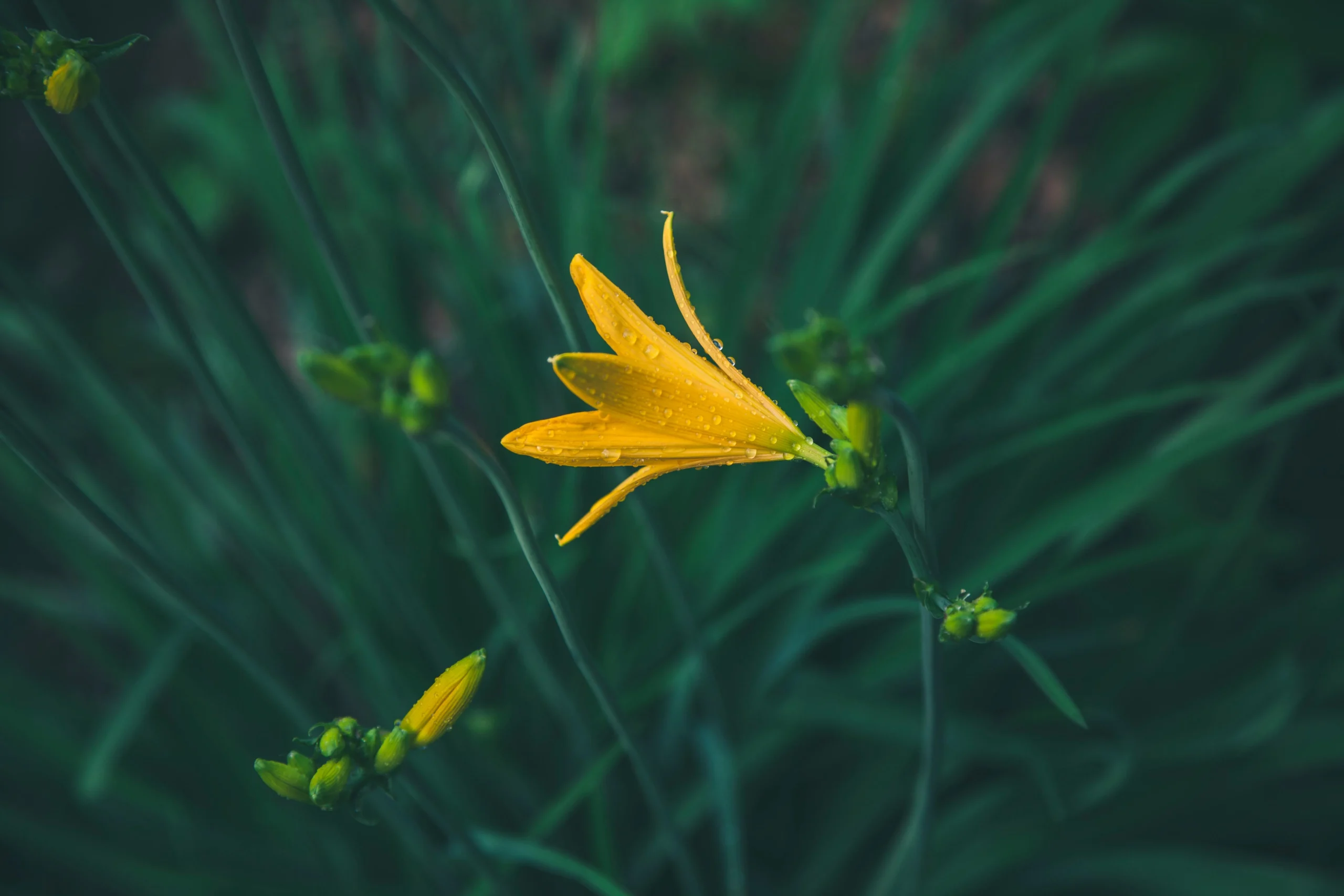
Literary and Artistic Uses
Artistic Uses
Lilies are common in religious and literary works, as well as in visual art, where they stand for pure love, beauty, and purity. They’ve been featured prominently in works by famous artists throughout history.
Designs for Body Art
They have mystical importance, beautiful design, and deep symbolic worth, all of which make them valuable to people seeking meaningful tattoos and body art.
Conclusion
On top of their obvious beauty, lilies are used in many halls, ceremonies, and celebrations all around the world for their deep symbolic, religious, and artistic meaning. Many people love lilies for their beautiful appearance, aroma, and long history of beauty and grace. No matter what you want them to represent—strength, love, or chastity—the elegant and timeless lily never fails to move and inspire. Their fragility and power are a perfect representation of nature’s beauty and poetry.
Written By : Bhawna Joshi
What is the best season to plant lily bulbs?
The ideal time to plant lily bulbs is in fall (September to October) or early spring. Fall planting allows roots to establish before winter, while spring planting ensures summer blooming.
How long do cut lily flowers last in a vase?
Cut lily flowers typically last 7-14 days in a vase when properly cared for. Change water every 2-3 days and keep them away from direct sunlight and fruit to maximize their vase life.
Are lilies toxic to pets?
Yes, lilies are highly toxic to cats and can cause kidney failure even in small amounts. Dogs may experience mild gastrointestinal upset if they consume lilies.
What's the difference between true lilies and daylilies?
True lilies (Lilium) grow from bulbs and produce flowers on a single stem. Daylilies (Hemerocallis) grow from tuberous roots and produce multiple flowers on branched stems with each bloom lasting only one day.
How can I prevent lily pollen from staining clothes and furniture?
Gently remove the anthers (pollen-bearing structures) from the flowers when they first open. This won’t harm the lily’s appearance or vase life but will prevent staining.



